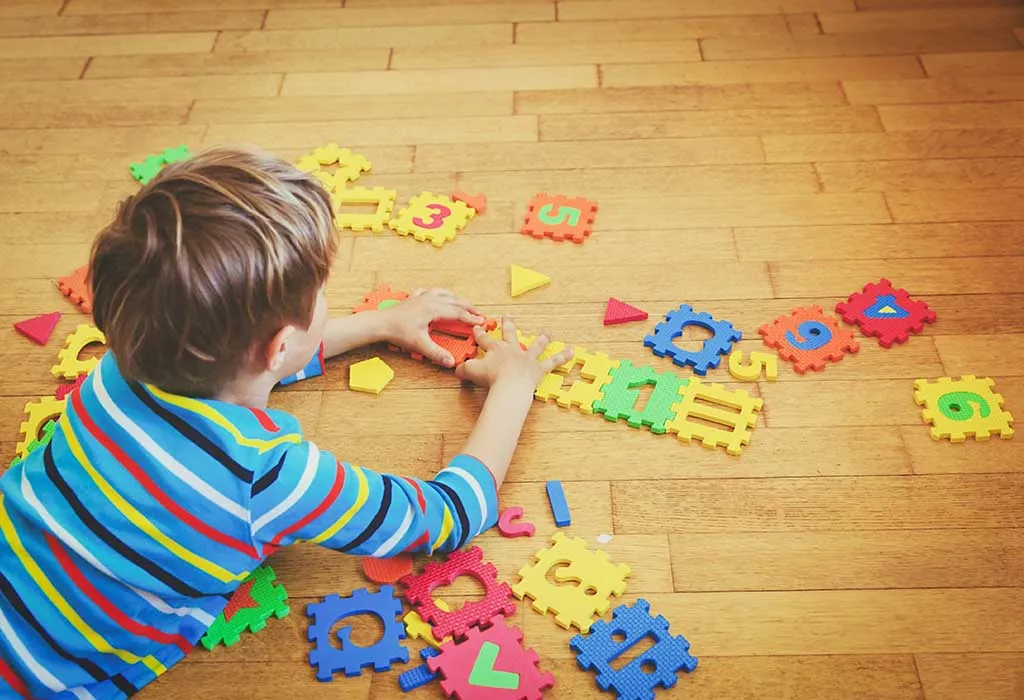Slow Parenting – What It Is, Advantages & Drawbacks
Raising a child is not an easy job. All parents have different opinions on parenting – every parent has their own way of raising their kids. Today, many parents are often judged for the parenting choices they make. But we know that you must be raising your children in the best possible way. Whatever style of parenting you follow would be best for your children, but if you want to try and understand the concept of slow parenting, read this article. We will acquaint you with slow parenting – its advantages and disadvantages. It may not be a style of parenting that works for all in the fast-paced world of today, but it is worth knowing.
What Is Slow Parenting?
Slow parenting is a style of parenting that emphasises on slowing down and not rushing through life with your children. The slow parenting movement advocates quality over quantity. It means that one should have quality time with their kids and family to strengthen their bond rather than checking off multiple social engagements or development classes they took their children to. The idea behind this concept is that when you have several engagements lined up for your child, you and your child may not get time for each other, and you may feel that you are losing out from your child’s life. It is a parenting style that advocates following the flow of things naturally rather than planning for every situation and inevitability in the child’s life. The frantic pace at which we move from one activity to the next in order to have a sense of fulfilment can mean that there is no time for free-play and simple family time which is believed to be crucial for optimum growth and development of a child.
Should Parents Try Slow Parenting?
The premise of the slow parenting style is that children should be nurtured in a natural environment which fosters learning and development. It advocates that a child’s mind should not be influenced by conditioning them through coaching classes and extra-curricular activity. It may be difficult for parents to let go of the illusion of control by allowing their children to play without any interference or influence. But this style of parenting is something that every parent should choose to incorporate somewhere in their lives. By trying out this parenting style, you will spend more time with your family and bond better; you might go to a picnic all of a sudden, or paint the fence together. Natural and spontaneous activity can strengthen a family’s bond.
Characteristics of Slow Parenting
Slow parenting is a mindful approach that emphasises quality time, simplicity, and allowing children to grow at their natural pace, free from excessive scheduling and pressure. Here are the characteristics of slow parenting:
- Encourages child-led play without rigid schedules, fostering creativity and independence.
- Avoids overloading children with activities, allowing downtime for relaxation and exploration.
- Focuses on meaningful interactions rather than constant supervision or distractions.
- Prioritises outdoor play, hands-on experiences, and reducing screen time.
- Lets children develop skills and interests naturally, without unnecessary pressure.
- Builds deeper connections through shared meals, conversations, and relaxed routines.
What Are the Advantages of Slow Parenting?
This style of parenting, although not entirely a new concept, is making waves because of its numerous advantages:
- Children become more self-dependent and sufficient. They learn that they have needs and they should work hard to fulfil their needs. Kids even learn to take care of themselves.
- Children become more confident because they are aware of the real world that lies beyond the boundaries of their comfortable home. Exposing a child to new situations can improve their insight towards life.
- There is a natural tendency to explore, be creative and approach problems with openness. Slow parenting gives children a chance to explore their options before solving their own problems.
- Children learn to remain calm in situations of stress. It improves their confidence levels and gives them the freedom to choose.
- Children learn from their mistakes and become observant about what works, and what doesn’t. They learn by trial and error and do not have to nag their parents for everything.

What Are the Disadvantages of Slow Parenting?
Like every parenting style, slow parenting has its disadvantages too. Too much freedom, too, can be a heavy price to pay:
- Allowing your children to do as they like can land them in the wrong company. It may serve well to increase their sense of independence, but parents have to be watchful about who their children are bonding with or what they are indulging in.
- Children who are not supervised at all could deem that they are old enough for activities that are unsuitable for their age. They may end up doing things that may land them in trouble.
- Children can become addicted to the wrong things, like drugs and other substances, if they are not supervised. Having no guidance can make them feel lonely. They won’t have any goal in life, and they may squander away their childhood.
- Having parents who are not involved in the lives of their children could also make the child feel unloved and therefore bring about anti-social tendencies and make the child psychologically disturbed.
Slow Parenting Tips
Slow parenting is all about taking it slow with your child and having quality time with him. Here are some tips on slow parenting.
1. Listen to Your Child
Plan learning activities with sufficient breaks. Children require time to process the things that they have learned. Let your child understand what interests him and follow that through.
2. Do Not Expect a full Report After Each Activity
Pay attention to your child when he speaks. Understand from his tone whether he liked or disliked some activity. Do not expect him to give you a detailed debrief after every session. You are not in a military camp. Let the conversation flow.
3. Be a Mindful Parent
Be mindful and present. Do not let your thoughts wander to all your pending work when you are with your child. Pick up a ball and play with your child or read with him instead of sending him to tuition classes. You are the best teacher your child can have!
4. Let Him Learn Things on His Own
Let your child learn things by chance. You can generate serendipitous learning prospects by stimulating your child’s environment and allowing him to figure things out. Let your child explore puzzles, toolboxes, paint kits, and other things in your house. Let him experiment with these things – he will learn a lot on his own.

5. Encourage Unstructured Play
Give your child some ‘free time’. Let your child figure out what he wants to do during that time. Let him do what he likes. If he likes to colour, let him colour for an hour. If he enjoys sports, let him enjoy with his friends. If he wants to go to an amusement park, take him. Do not live by a rule book – listen to your child; ask him what he would like to do in that particular free time, and join him in his fun.
6. Do Not Overburden Your Child
Do not pressurise your kid to be good at everything. Everything doesn’t also have to be a learning opportunity. Some things should be done just for fun! If you pressurise your child to be at the top always, you risk creating a perfectionist child who will always be afraid to fail. There is nothing perfect in the world and it is our imperfections that make us complete – so let your child be the way he is – he will be happy.
7. Make Your Child Do One Thing at a Time
It’s okay to not plan every single activity. When you relax without a thing to do or a place to go, it is not only you who relaxes, but your child too learns to unwind properly. Don’t rush into things. Teach your child to focus on one task. When he focuses on one thing, he will learn better and even enjoy it.
FAQs
1. Does slow parenting mean ignoring academic success?
No, slow parenting doesn’t neglect education—it promotes a balanced approach. Instead of pressuring children with excessive tutoring or early academic drills, it encourages natural curiosity and self-paced learning. Many slow parenting advocates believe children thrive academically when given space to explore interests without burnout.
2. Is slow parenting only for stay-at-home parents?
Not at all. Slow parenting is about mindset, not lifestyle. Working parents can practice it by maximising quality time (e.g., device-free dinners, weekend nature trips) and resisting the urge to overschedule. It’s more about being present and intentional than about having unlimited free time.
Slow parents prioritise mindful, unhurried moments with their children, fostering independence and deeper family connections.Being an advocate or practitioner of slow parenting doesn’t mean that you do away with all rules and discipline. You just have to make an effort to observe, listen, and be involved in your child’s development without having him be answerable to a structured timetable always. Understand what helps in your child’s growth and let go of what is simply occupying your child’s day.
Also Read:
Ways to Enhance Your Parenting Skills
The Effects of Bad Parenting on Children
Tips to Make Co-Parenting Work Better
Positive Parenting – Benefits and Techniques to Follow
Was This Article Helpful?
Parenting is a huge responsibility, for you as a caregiver, but also for us as a parenting content platform. We understand that and take our responsibility of creating credible content seriously. FirstCry Parenting articles are written and published only after extensive research using factually sound references to deliver quality content that is accurate, validated by experts, and completely reliable. To understand how we go about creating content that is credible, read our editorial policy here.






















